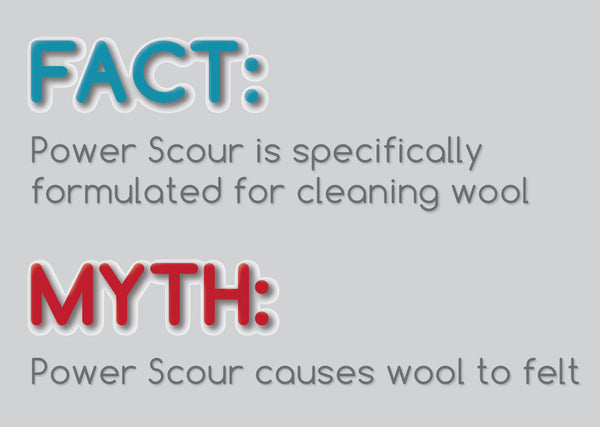A short history of wool covers in diapering

The Pilcher: 1700s
From what I can tell, literature dating back as far as the 1700s occasionally makes mention of wool or woolen twill pilchers used to cover clouts. What's that? A pilcher to cover a clout you say? In case you're not familiar; clout was the term used to describe a cloth diaper made from cotton diaper cloth. In those days "diaper" fabric was simply a fabric that had added stitches in a regular pattern for increased absorbency. The pilcher or pilch was a cover or soaker worn over the clout for added moisture protection. These were fashioned from a simple triangular pattern with ties and/or buttons as fasteners.
Rubber shortage during during WWII brings back wool: 1939-
By the mid-1800s the use of wool covers was somewhat common, however, their use waned as vinyl and rubber materials were developed and became more available. Toward the end of 1939, the onset World War II triggered a nation wide rubber shortage which lead to the resurgence of wool use in diapering.Luckily, by this time knitting and crocheting patterns were also more readily available than they had been in the past which further contributed to the comeback of wool. During this time, wool diaper covers were also becoming a common part of a fashionable infant wardrobe as many people were making matching sets of knit booties, hats, diaper covers and sweaters/dresses.
Disposables: 1961
In the mid to late 50s, women were seeking freedom from washing diapers and several companies were working on developing fully disposable diapers. By 1961 Procter & Gamble released Pampers and unfortunately, cloth diapering quickly becomes un-popularized by the then en vogue disposable.
Cloth Comeback: 1970s
Following the development of the Environmental Protection Agency (EPA) in 1970, the movement for environmental friendliness was gaining public approval. With this, cloth diapering was on the rise among those who were interested in being environmentally conscientious. By the early 80s Disana introduced a woolen knit cover to the retail market which was one of the first of its kind. More recently, the introduction of the internet has increased awareness of wool diapering and made selling hand-made wool covers a cinch for work-at-home-moms (WAHMs) who make cloth diapering products and sell them through online outlets like Etsy and Hyena Cart. This is a great option for those who aren't looking to craft their own covers. Hand-made wool covers includes a variety of colors and styles that range from traditional knitted/crocheted covers to those sewn from upcycled wool sweaters and even interlock fabric.
Modern day wool users looking for an updated look and/or a more luxurious feel seem to love machine-knitted covers and garments which are rapidly increasing in popularity. Sloomb/sustainablebabyish has a large following and offers a variety of machine-knit covers and pants that double as fashion-forward wool garments. Another modern-day favorite is the use of wool interlock fabric. Interlock is an attractive choice because of its reduced susceptibility to felting compared to knits; some people feel more comfortable with the maintenance of this material. Moreover, interlock is often referred to as being "bulletproof" meaning that it's particularly good as a moisture barrier and is useful for heavy wetters and/or night-time use.
As you can see, wool covers and soakers have been around block and withstood the generational test of time. If you haven't tried them yet, I suggest giving it a whirl. If you'd like to read more about why our family loves wool, check out this post that summarizes our reasons for making the switch to wool diapering.
Sources:
"How Everything Started..." Disana.de: History. N.p., 2014. Web. 27 Dec. 2014.
"Basewoolies." Sloomb. N.p., n.d. Web. 27 Dec. 2014.
Baumgarten, Linda. "Colonial Williamsburg Official History Site - Mobile Version." Colonial Williamsburg Journal 1987-1988 (1988): n. pag. Fashions of Motherhood : The Colonial Williamsburg Official History & Citizenship Site. Web. 27 Dec. 2014.
Burnston, Sharon A. "INDEPENDENCE NATIONAL HISTORICAL PARK - CHILDREN'S CLOTHES FOR TODD HOUSE." Http://www.sharonburnston.com/. N.p., n.d. Web. 27 Dec. 2014.
Burnston, Sharon. "How to Make a Basic Essential Layette for Eighteenth Century Re-enactor Infants." Http://www.sharonburnston.com/. N.p., n.d. Web. 27 Dec. 2014.
"Cloth Diaper." Wikipedia. Wikimedia Foundation, 27 Nov. 2014. Web. 27 Dec. 2014.
"Colonial Williamsburg Official History Site - Mobile Version." Children's Glossary : The Colonial Williamsburg Official History & Citizenship Site. N.p., n.d. Web. 27 Dec. 2014.
"Hand Knitted Wool Cloth Diaper Cover Knit Cloth Diaper Wool Diaper Soaker Baby Wool Cover Wool Nappy Cover Size Medium 6-12 Months." SrechaHandknits. Etsy, n.d. Web. 27 Dec. 2014.
Humphreys, Colleen, and Sue Felshin. "Children's Clothing." Children in the 18th Century. 18cNewEnglandLife, n.d. Web. 27 Dec. 2014.
Laurie. "Project 19: Baby's Pilch or First Drawers." Weldonspractical. N.p., 02 July 2012. Web. 27 Dec. 2014.
Rengren, Kristen. Vintage Baby Knits: More than 40 Heirloom Patterns from the 1920's to the 1950's. New York: Stewart, Tabori & Chang, 2009. 86. Print.
"Todays Treasure Shop Talk." : Star Baby Book 43 Knit Crochet by American Thread Co. N.p., n.d. Web. 27 Dec. 2014.
"Wild Coconut Wear Online Shop." Wild Coconut Wear Online Shop. Hyena Cart, n.d. Web. 27 Dec. 2014.
"Wool Soaker, Cloth Diaper Wool Cover, Cloth Nappy Wool Cover, Medium Size (5-12 Month)." Sosimplenatural. Etsy, n.d. Web. 27 Dec. 2014.





